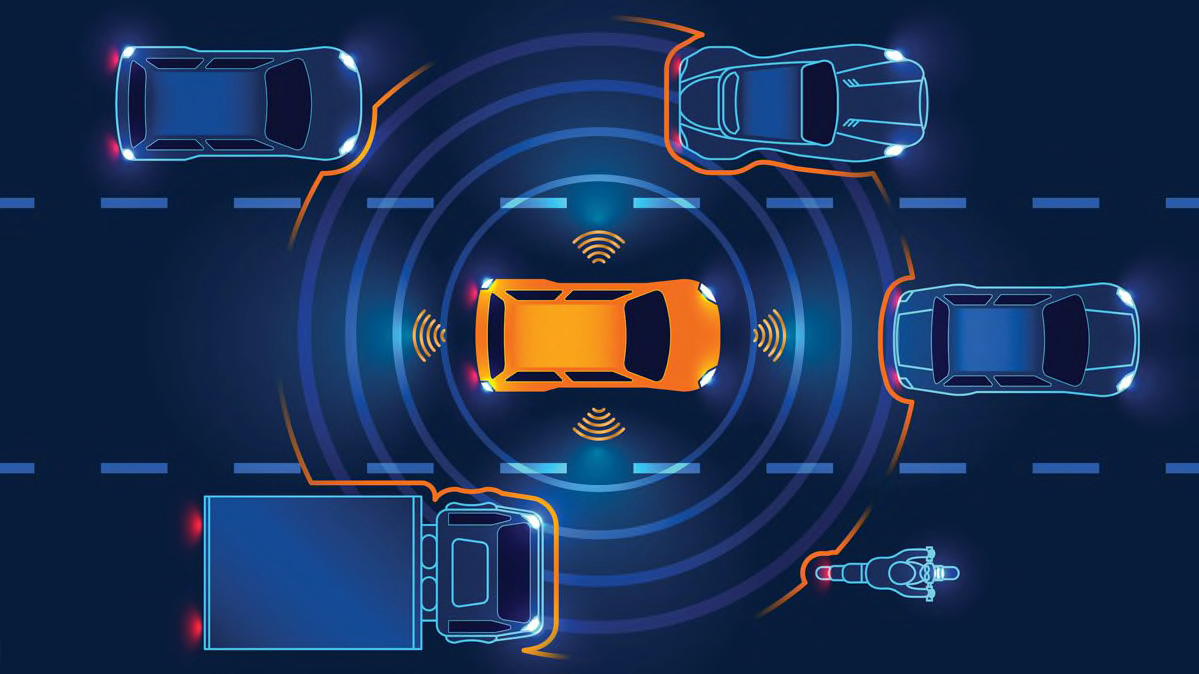
As more cars come with advanced safety and driver-assistance features, consumers may become confused about exactly what they do and how they work.
"That's not surprising, given that in some cases there's a dozen or more brand names for safety features," says David Friedman, vice president of advocacy at Consumer Reports.
That's why CR is working with safety groups, a federal agency, and auto industry representatives to come up with common, generic names for key safety and driver-assistance features. And we want to encourage all automakers to use these generic descriptions, Friedman says.
A group of 10 organizations, including AAA, the Insurance Institute for Highway Safety (IIHS), J.D. Power, the National Safety Council, and several others, has agreed to use these six common terms: forward collision warning (FCW), automatic emergency braking (AEB), adaptive cruise control (ACC), blind spot warning (BSW), lane departure warning (LDW), and lane keeping assist (LKA).
"Automakers often give their own similar-sounding names to systems that are very different," says Kelly Funkhouser, CR's program manager for vehicle usability and automation. "Drivers may end up assuming that their car has a safety feature that it does not."
CR isn't asking manufacturers to give up their branded names for safety systems, but rather to supplement them to increase the clarity for consumers.
Common names and definitions would help drivers, regulators, and safety advocates evaluate these new technologies on an apples-to-apples basis, says Bryan Reimer, associate director of the New England University Transportation Center at MIT. There are a lot of nuanced differences in how automakers implement their advanced safety or driver-assistance systems, he says. For instance, some automatic emergency braking systems work only at low speeds, and others work at higher speeds.
The various system names could leave consumers confused and at risk. "Today, consumers can buy a car and walk away not knowing exactly what safety features they have," Friedman says. CR believes that all vehicles should come with FCW, AEB, and BSW as standard features.
FCW,
Forward Collision Warning
What it does: Gives visual, tactile, and/or audible warnings that alert the driver to the possibility of a collision with an obstacle in front.
What automakers call it: Front Assist (Volkswagen)
AEB,
Automatic Emergency Braking
What it does: Automatically applies brakes to prevent or reduce impact force in a collision with an obstacle in front.
What automakers call it: Forward Emergency Braking (Nissan)
ACC,
Adaptive Cruise Control
What it does: Keeps a constant distance between you and the car ahead, automatically maintaining a preset following distance.
What automakers call it: Distronic (Mercedes-Benz)
BSW,
Blind Spot Warning
What it does: Provides a warning that something is in the vehicle's blind spot.
What automakers call it: Lane Change Alert (Buick, Chevrolet, Cadillac, GMC)
LDW,
Lane Departure Warning
What it does: Gives warnings intended to alert the driver that the vehicle is crossing lane lines.
What automakers call it: LaneSense (Chrysler)
LKA,
Lane Keeping Assist
What it does: Provides automatic corrective steering or braking to try and keep the vehicle in its lane of travel.
What automakers call it: Road Departure Mitigation (Honda)
Editor's Note: This article also appeared in the January 2019 issue of Consumer Reports magazine.
Avoidance Maneuver Testing
How important is car handling when it comes to emergency maneuvering? 'Consumer 101' TV show host, Jack Rico, joins Consumer Reports' experts at the test track to find out.



















